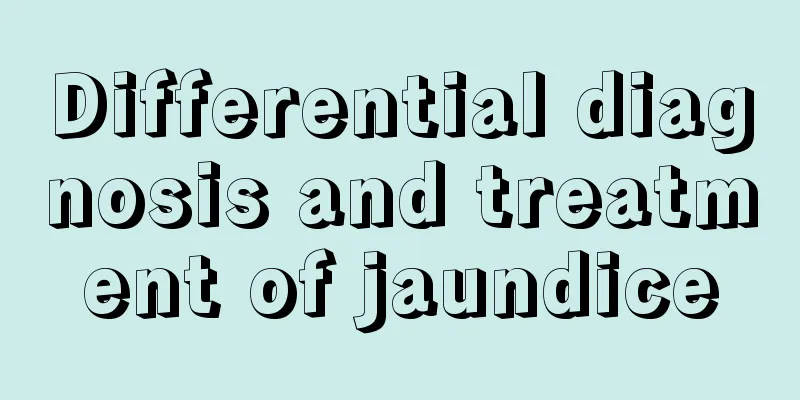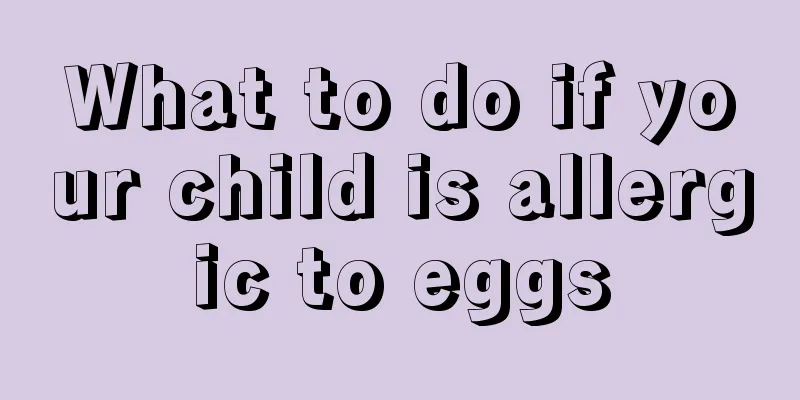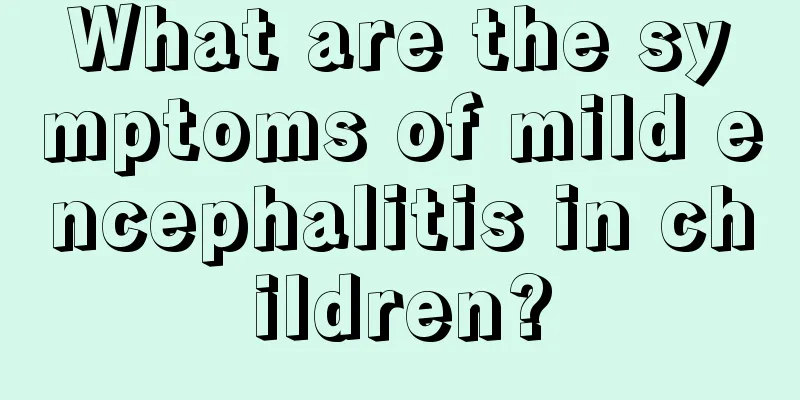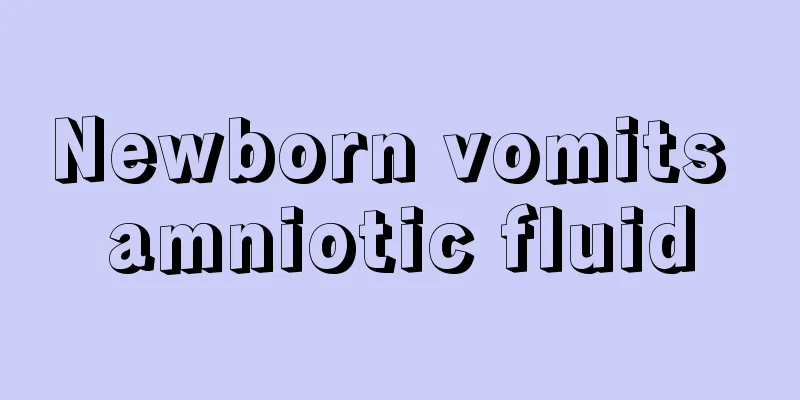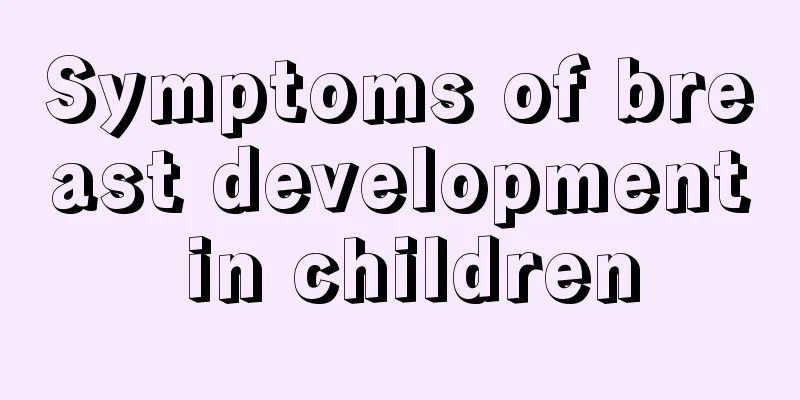How to treat atrial septal defect in newborns

|
Atrial septal defect in newborns is a congenital heart disease. For the family members of the affected children, it is very necessary to understand the treatment methods of atrial septal defect in newborns. So how to treat atrial septal defect in newborns? Next, this article will introduce the treatment methods for atrial septal defect in newborns. If you want to know more about the relevant treatment methods, please continue reading! Atrial septal defect in newborns is a common congenital heart malformation in clinical practice. It is caused by an abnormality in the primitive atrial septum during embryonic development, resulting in a gap between the left and right atria. Atrial septal defect can occur alone or coexist with other types of cardiovascular malformations. It is more common in women, with a male to female ratio of approximately 1:3. Due to the existence of shunt at the atrial level, corresponding hemodynamic abnormalities may occur. Treatment of atrial septal defect in newborns is as follows: Secondary ostium atrial septal defect rarely closes spontaneously in children over 1 year old. For asymptomatic children, if the defect is smaller than 5 mm, they can be observed. If the right atrium or right ventricle is enlarged, surgical repair is generally recommended before school age. About 5% of infants develop congestive heart failure within 1 year after birth. Surgery can also be performed if medical treatment is ineffective. Adults with a defect smaller than 5 mm and no right atrial or ventricular enlargement can be observed clinically without surgery. Adult patients with right atrial enlargement can undergo surgery, and those with atrial fibrillation can also undergo surgery at the same time. However, surgery is contraindicated for those with pulmonary vascular resistance greater than 12 units, right-to-left shunt, and cyanosis. Some secundum atrial septal defects can be treated with minimally invasive transcardiac catheterization if they are in the right location. Through femoral vein catheterization, the nickel-titanium alloy occluder is clamped at the atrial septal defect to close the atrial septal defect and achieve the treatment goal. No need for open-chest surgery. Ostium secundum atrial septal defect is usually repaired through a midsternal approach under direct vision and extracorporeal circulation. A right anterolateral incision can also provide good surgical exposure, but other types of cardiac malformations must be excluded. Small secundum atrial septal defects can be sutured directly. If the defect is large, it needs to be repaired with a pericardial patch or a polyester patch. It is very important to inject water into the left atrium before completing the repair to prevent air embolism after the heart is restarted. The repair of venous sinus type atrial septal defect is more complicated. Generally, a drainage tube is inserted directly through the superior vena cava to increase exposure of the defect. During the repair, the opening of the right superior pulmonary vein must be identified and the sinoatrial node must be avoided. The patch is sutured to the right atrial wall at the front of the right pulmonary vein entrance to ensure that the pulmonary venous drainage flows into the left atrium. If necessary, the patch is needed to widen the entrance of the superior vena cava to prevent venous reflux from being obstructed. The incidence of postoperative sinus bradycardia is higher in elderly patients with atrial septal defect. Isoproterenol or atropine can be used to increase the heart rate, and placement of temporary pacing electrodes during surgery is an effective measure. The above is an introduction on how to treat atrial septal defect in newborns. I believe that after reading the above introduction, you have already understood the treatment methods of atrial septal defect in newborns. If a child is diagnosed with atrial septal defect, it is best to treat it quickly. For congenital heart disease like this, the earlier the treatment, the easier it is to recover. Of course, as for the specific treatment, the specialist will give a clear plan. |
<<: What are the effective treatments for urticaria in children?
>>: Causes of fever in baby's hands and feet
Recommend
Baby choking on amniotic fluid at birth
Everyone should know that babies rely on the nutr...
What to do if your baby has acute pharyngitis and repeated fever
Because children are young, their bodies are not ...
Neonatal genital malformations
In our lives, many babies will have deformities a...
Diet therapy for children with green stool
Green stools are a common type of diarrhea in chi...
How to supplement zinc deficiency in 8-month-old babies
In daily life, some mothers find that their child...
What medicine should be used for children's white pityriasis
Some people may be more familiar with pityriasis ...
What to do if your newborn baby has a crooked mouth
There are many reasons why a newborn baby may hav...
What are the symptoms of a child having a fever and seizures?
Fever can be said to be something that everyone o...
What causes meningitis in babies?
Why do babies get meningitis? Many parents will f...
Why are the skin on baby's fingers and toes peeling?
My neighbor has a cute baby. Today I went to thei...
Does night light have any effect on babies?
Nowadays, many parents are afraid that their babi...
How to relieve diarrhea in children?
If a young child has diarrhea frequently, he or s...
When do children grow fastest?
We all know that when a person reaches a certain ...
Urticaria in children
Urticaria in children is a common allergic skin d...
What are the correct ways for children to wash their hands?
Many young children do not wash their hands frequ...
